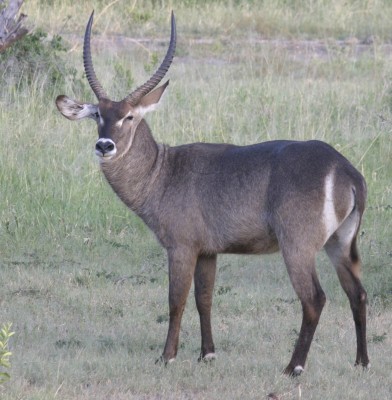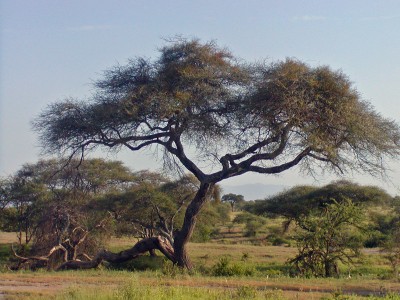It is still dark as we start our long, early morning walk to Lake Natron, a 60 km long alkaline lake that is home to thousands of flamingos. A Maasai guide leads the way, carrying our lunch in a backpack. The morning is still cool and the terrain is flat so the eight kilometres we walk are easy going. Along the way we pass through Maasai villages with cow dung huts.
A Maasai woman joins us and walks close by my side. The Maasai diet consists to a large degree of meat and milk – veggies being mostly for sissies in their opinion. It is therefore perhaps only natural that the woman smells of beef that is past its sell-by date. Normally this would not bother me but after several days of suffering from nausea and other digestive discomforts the smell turns my stomach. We try and communicate with each other but with not one single word in common that we both understand it is rather difficult.
After a couple of hours we reach the lake. The flamingos stand in the water that shimmers in the heat. They are not quiet. In fact, they sound like a distant herd of gnus. The walk back is strenuous because the sun is beating down and my camera equipment feels much heavier than when we set out in the cool of the dawn.
Next morning we head for Tarangire National Park. Tarangire is verdant in contrast to the stark and arid volcanic landscape we drove through to get here. Statuesque, ancient baobabs dot the green hills and valleys. We find a quiet spot where three elephants are eating breakfast. The huge animals tread quietly from tree to tree. At one point our vehicle is surrounded by the grey but friendly behemoths.
We can do nothing but sit and wait until they decide to move on, but that’s fine with us. We enjoy observing their behaviour and being in their company. One elephant uses her forehead to shake a tree so that small fruits tumble down while her elephant friends wait patiently for the goodies to land on the ground.







